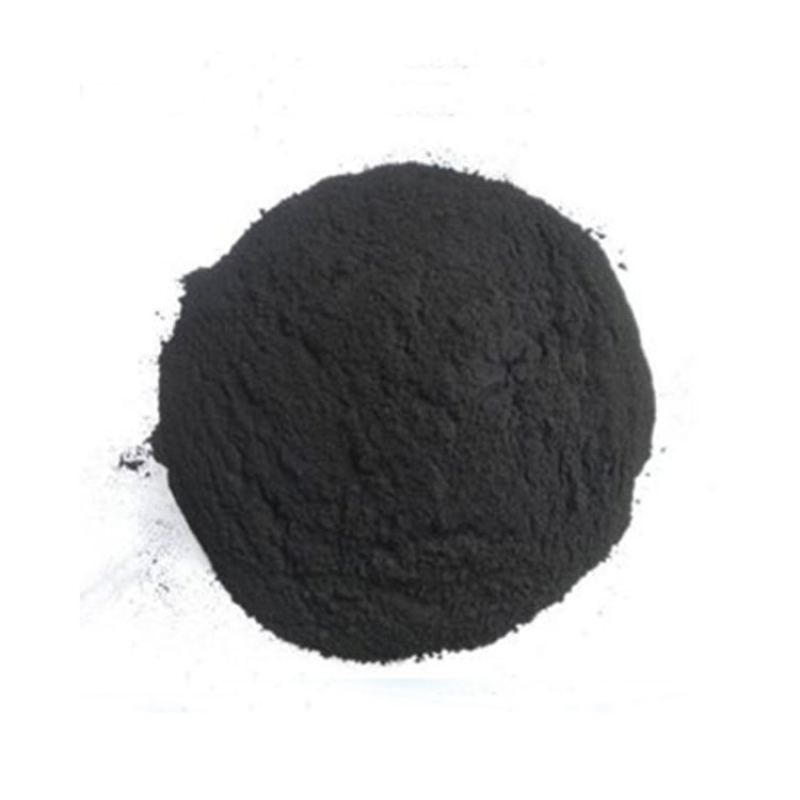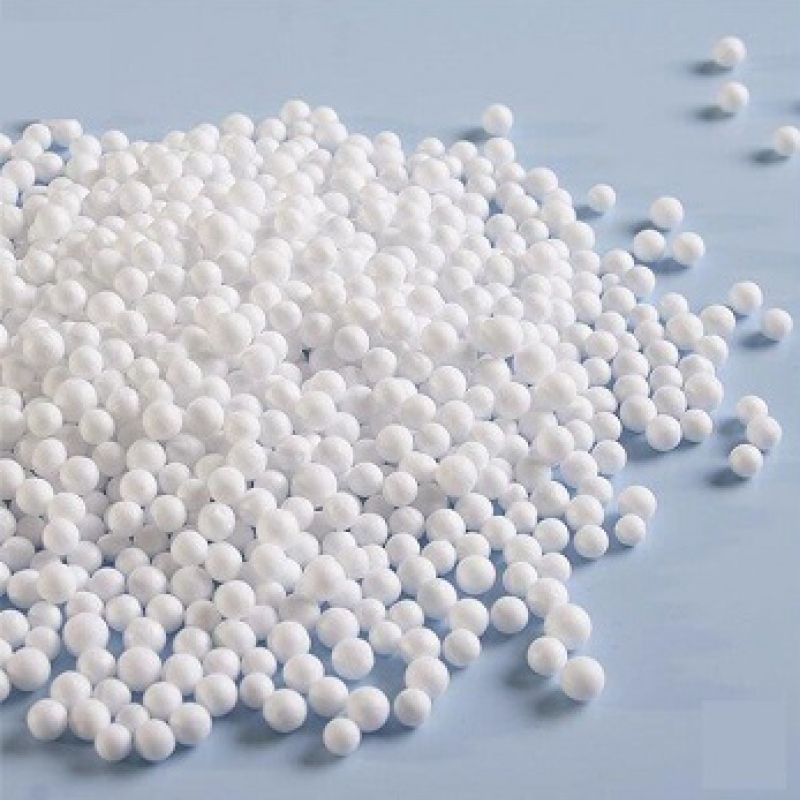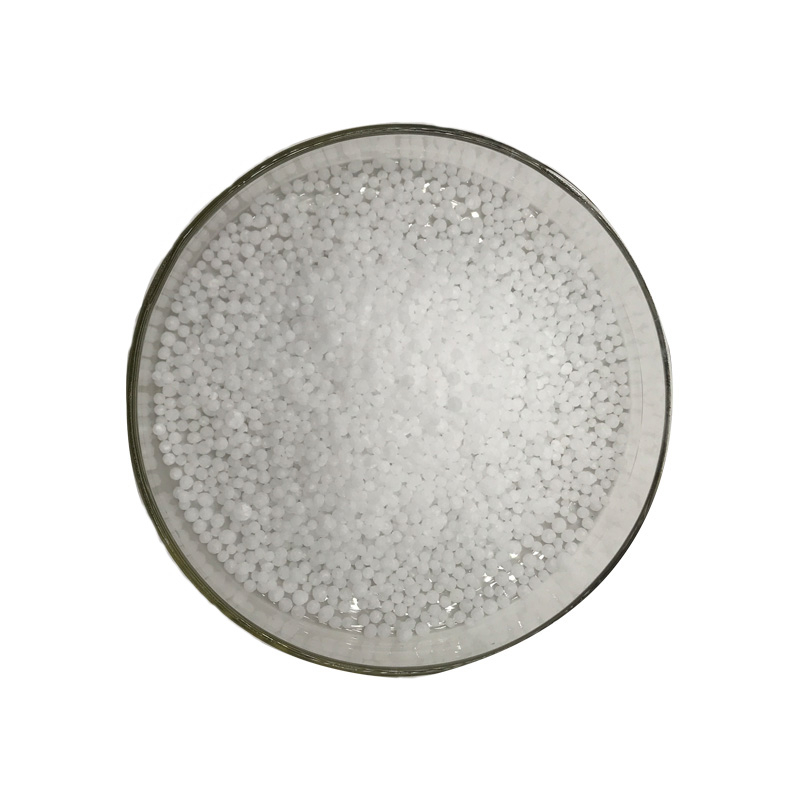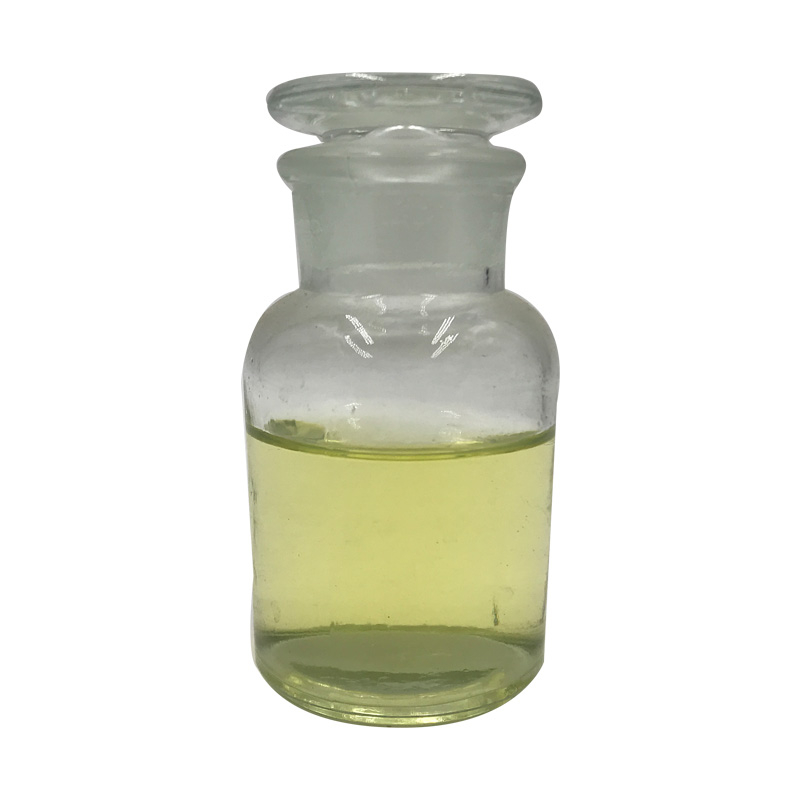Products Description of Lantanium Nitrate CAS#10277-43-7Lanthanum nitrate hexahydrate is a colorless crystalline solid with a distinctive nitrate odor. - It is relatively stable at room temperature, but can decompose when heated to produce toxic nitrous oxide gas.
Contact Now
Products Description of NEODYMIUM NITRATE HEXAHYDRATE CAS#16454-60-7The chemical formula of neodymium nitrate is Nd(NO3)3·6H2O. The molecular weight is 438.35. There are two variants, α and β, with a transition temperature of about 22°C. It is easily soluble in water and ethanol. It forms anhydrous salts by vacuum dehydration and decomposes by strong heat. It is easy to form complex salts with other nitrates.For example: 3Mg(NO3)2·2Nd(NO3)3·24H2O, 3Mn(NO3)2·2Nd(NO3)3·24H2O, 3Ni(NO3)2·2Nd(NO3)3·24H2O, etc.
Contact Now
Products Description of Cobalt Nitrate CAS#10026-22-9Cobalt nitrate hexahydrate is a red crystalline powder. Solubility: easily soluble in water, ethanol, acetone and methyl acetate, slightly soluble in ammonia. It is mainly used to make catalysts, invisible inks, cobalt pigments, ceramics, sodium cobalt hexanitrite, etc. On October 27, 2017, the World Health Organization's International Agency for Research on Cancer published a preliminary list of carcinogens for reference.
Contact Now
Products Description of Copper (II) Nitrate Hydrate CAS#10031-43-3Copper nitrate trihydrate is a white powder, easy to deliquesce, easily soluble in water, with a solubility of 45g at 0℃. It can be reprecipitated by adding concentrated nitric acid. It decomposes into nitrogen oxides and copper oxide when red hot, and is decomposed by hydrochloric acid. Common hydrates are hexahydrate Cu(NO3)2·6H2O and trihydrate Cu(NO3)2·3H2O. The former is a blue crystal with a relative density of 2.074.
Contact Now
Products Description of Chromic chloride hexahydrate CAS#10060-12-5Purple monoclinic crystal. Relative density 1.76. Melting point 83℃. Soluble in water, ethanol, slightly soluble in acetone, insoluble in ether. Deliquescent. Toxic!Chromic chloride hexahydrate Chemical PropertiesMelting point 83 °Cdensity 1.76 g/mL at 25 °C(lit.)storage temp. Inert atmosphere,Room Temperaturesolubility Methanol (Slightly), Water (Slightly)form Powder/SolidSpecific Gravity1.76color Reddish-violetPH2.0-3.0Water Solubility Soluble in water and alcohol.
Contact Now
Products Description of LANTHANUM ACETATECAS#917-70-4White powderLANTHANUM ACETATE Chemical Propertiesdensity 2.02[at 20℃]Water Solubility 100g/L at 20℃CAS DataBase Reference917-70-4(CAS DataBase Reference)EPA Substance Registry SystemLanthanum acetate (917-70-4)Factory and Equipment ShowFast delivery timeInventory 2-3 working days New production 7-10 working days
Contact Now
Products Description of Iridium(III) chloride hydrateCAS#14996-61-3Green crystals or brown powder, easily absorbs moisture, dissolves in water and hydrochloric acid, loses crystal water when exposed to strong heat.Iridium(III) chloride hydrate Chemical PropertiesMelting point 763°C (dec.)density 5.3 g/mL at 25 °C(lit.)storage temp. Inert atmosphere,Room Temperaturesolubility 623.82g/l solubleform Crystalscolor BlackPH<2 (H2O, 20℃)Aqueous solutionWater Solubility Soluble in water and alcohol.Merck 14,5088Stability:hygroscopicInChIIn
Contact Now
Products Description of CERIUM(III) CHLORIDE CAS#7790-86-5White crystalline particles Cerium trichloride is a colorless, deliquescent block crystal or powder. When exposed to humid air, it quickly absorbs water to form hydrates of uncertain composition.
Contact Now
Products Description of CERIUM(III) CHLORIDE ANHYDROUS CAS#779008-60-5Colorless block crystals. Relative density 3.92. Melting point 848℃. Boiling point 1727℃. Soluble in water, acetone and acid. Easy to deliquesce.Product Application of CERIUM(III) CHLORIDE ANHYDROUS CAS#779008-60-5It is used as petroleum catalyst, raw material of cerium salt, and also used to make metallic cerium.Factory and Equipment ShowFast delivery timeInventory 2-3 working days New production 7-10 working days
Contact Now
Products Description of Chromium(III) fluoride CAS#7788-97-8Chromium trifluoride, also known as chromium trifluoride, is an inorganic compound with the chemical formula CrF3. It is mainly used as a mothproofing agent for wool fabrics, a halogenation catalyst, a marble hardener and a colorant.On October 27, 2017, the World Health Organization's International Agency for Research on Cancer published a preliminary list of carcinogens for reference.
Contact Now
2-Ethylhexyl Nitrate CAS#27247-96-7Mainly used as cetane number improver for diesel fuel. Adding an appropriate amount of 2-ethylhexyl nitrate to diesel can significantly increase the cetane number of diesel and improve the combustion performance of diesel.
Contact Now
Products Description of Antimony triacetate CAS#6923-52-0Antimony(III) acetate is an antimony compound with the chemical formula Sb(CH3CO2)3.
Contact Now
Products Description of Palladium CAS#7440-05-3Palladium is a transition element of Group III (nickel group) and light platinum metal in the periodic table. It is a silvery-white metal that is moderately hard, moderately forgeable, and ductile. Palladium is an intermediate element in Group 10 of transition elements (periods 4, 5, and 6). Many of its properties are similar to those of nickel, which is above it, and platinum, which is below it, in this group. Palladium is a soft, silvery-white metal that has chemical and physical properties very similar to those of platinum.
Contact Now
Products Description of Prussian Blue CAS#14038-43-8Prussian Blue, also known as Berlin Blue, Gong Blue, Iron Blue, Milori Blue, Chinese Blue, Milori Blue, Hualan. It is an ancient blue dye that can be used for glazing and oil painting dyes. Prussian blue brings us a breathtaking beauty. It is not only a unique color, but also reflects a precipitated texture.Prussian blue is a blue dye discovered in 1706. Its structure is composed of Fe (II) and Fe (III) coordinated with cyano (-CN-).
Contact Now
Products Description of Calcium Ammonium NitrateCAS#15245-12-2Calcium ammonium nitrate is a nitrogen fertilizer made by melting ammonium nitrate with a certain proportion of limestone and dolomite powder. The ingredients are a mixture of NH4NO3, CaCO3 and MgCO3. Calcium ammonium nitrate contains 21% to 26% nitrogen (N), and is grayish white or light yellow granules or powder. The aqueous solution is weakly alkaline.Calcium ammonium nitrate is the world's most soluble calcium-containing chemical fertilizer.
Contact Now
Products Description of Bismuth trioxide CAS#1304-76-3Yellow monoclinic crystals. Soluble in acid, insoluble in water and alkali. Can be reduced by carbon and hydrogen. Made by heating and decomposing bismuth nitrate. Used to make metallic bismuth, catalysts and bismuth oxide superconductors.Bismuth oxide is also known as "bismuth trioxide". Pure products include α-type, β-type and δ-type. α-type is yellow monoclinic crystal with a relative density of 8.9 and a melting point of 825℃. It is soluble in acid but insoluble in water and alkali.
Contact Now
Products Description of 3-Amino-1-propanesulfonic acid CAS#3687-18-13-Aminopropanesulfonic acid is a promising product candidate for the treatment of AD. It is currently in phase III clinical trials in North America and Europe. Clinical trial results have been published.
Contact Now
Products Description of Calcium chloride CAS#10048-52-4Anhydrous calcium chloride is a white porous frit or granule. It is easy to deliquesce. The melting point is 782℃, the density is 2.15g/cm3, the boiling point is higher than 1600℃, it is easily soluble in water and releases a lot of heat, and it is also soluble in ethanol and acetone. The most common is calcium chloride hexahydrate CaCl2·6H2O, colorless trigonal crystal, easy to deliquesce, bitter and salty taste, density 1.71g/cm3.
Contact Now
Products Description of Urea CAS#57-13-6When the temperature is below 20℃ and the relative humidity is below 70%, urea not only does not absorb moisture, but also evaporates water to reduce its water content; when the temperature exceeds 20℃ and the relative humidity is higher than 80%, it begins to absorb moisture, and in severe cases, it becomes a paste. When the air turns dry again, it will re-agglomerate, and its degree is second only to ammonium nitrate.
Contact Now
Products Description of Potassium iodide CAS#7681-11-0 Potassium iodide is an ionic compound, in which iodine ions can form dark yellow precipitated silver iodide with silver ions (decomposed by light and can be used to make high-speed photographic film), so silver nitrate can be used to test the presence of iodine ions. As a component of thyroid hormone, iodine is closely related to the basal metabolism of livestock and poultry, and participates in almost all metabolic processes.
Contact Now
Products Description of Oleic CAS#112-80-1Insoluble in water, soluble in benzene, chloroform, miscible with methanol, ethanol, ether and carbon tetrachloride. Because it contains double bonds, it is easily oxidized by air, producing an unpleasant odor and turning yellow. When treated with nitrogen oxides, nitric acid, mercurous nitrate and sulfurous acid, it can be converted into oleic acid. When hydrogenated, it becomes stearic acid. The double bonds can easily react with halogens to form halogenated stearic acid.
Contact Now
Products Description of Oleic acid CAS#112-80-1Insoluble in water, soluble in benzene, chloroform, miscible with methanol, ethanol, ether and carbon tetrachloride. Because it contains double bonds, it is easily oxidized by air, producing an unpleasant odor and turning yellow. When treated with nitrogen oxides, nitric acid, mercurous nitrate and sulfurous acid, it can be converted into oleic acid. When hydrogenated, it becomes stearic acid. The double bonds can easily react with halogens to form halogenated stearic acid.
Contact Now
Product DetailsProducts Description of Octadecenoic Acid CAS#112-80-1Insoluble in water, soluble in benzene, chloroform, miscible with methanol, ethanol, ether and carbon tetrachloride. Because it contains double bonds, it is easily oxidized by air, producing an unpleasant odor and turning yellow. When treated with nitrogen oxides, nitric acid, mercurous nitrate and sulfurous acid, it can be converted into oleic acid. When hydrogenated, it becomes stearic acid. The double bonds can easily react with halogens to form halogenated stearic acid.
Contact Now
Epichlorohydrin CAS# 106-89-8Epichlorohydrin is a sort of organochlorine compound as properly as epoxide. It can be used as an industrial solvent. It is a exceptionally reactive compound, and can be used for the manufacturing of glycerol, plastics, epoxy glues and resins, and elastomers. It can additionally be used for the manufacturing of glycidyl nitrate and alkali chloride, used as the solvent of cellulose, resins, and paint as properly as being used as an insect fumigant.
Contact Now



































